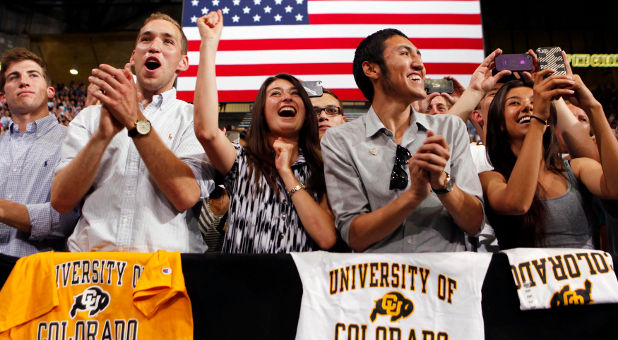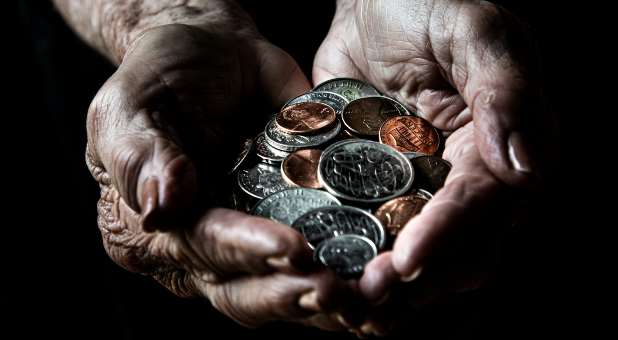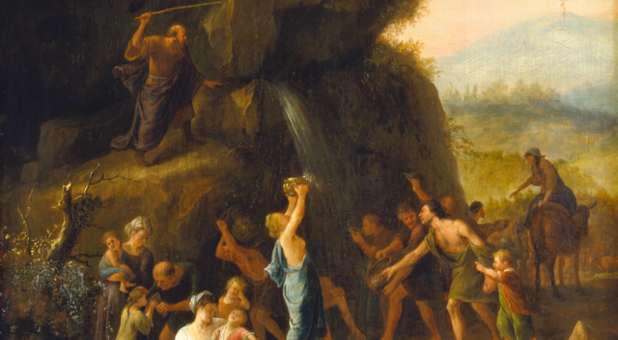U.S. student debt levels are surging, but along with degrees and skills the loans are producing perverse incentives and unforeseen economic consequences.
Consumers upped their debt by a seasonally adjusted $14.2 billion in October, driven in substantial part by strong growth in student loans, a market dominated by the government.
U.S. student debt has grown at a nearly 14 percent clip annually since 2005, hitting $904 billion in the first quarter of 2012, partly cushioning the impact on the economy of an overall fall in outstanding debt as people sought to use a period of slack growth to retool.
A tough job market, however, has led to growing rates of delinquency and default, with 10.6 percent of loans more than 30 days past due, a figure that masks the difficulty students are having because it does not include the many which are in deferment or forbearance.
To be sure, student loans are a form of economic stimulus, driving jobs and consumption, but there are real questions over how effectively the money is being used and how the accumulation of debt will affect borrowers in the future.
For one thing, the average borrower is getting older and older. Loans to people 50 and over now account for about 16 percent of all student loans outstanding, in part because of older workers trying to reinvent themselves during a bruising recession, but also because many parents act as co-signers. Both groups are arguably questionable risks, with fewer working years left in which to generate income and repayment.
But even a poor job market doesn’t entirely explain the poor performance of student loans. In a market dominated by the federal government, which accounts for more than 90 percent of all such loans, it is remarkable that lending criteria take absolutely no account of current or future repayment capacity.
That leaves the loan market driven by two groups—students and schools, with potentially opposing incentives—both to one another and to the common good. Colleges and universities, which have an incentive to expand, don’t have to convince the lender the loan is a good risk, only the borrower, who most likely has only the vaguest and sometimes most optimistic conceptions of the future demand for dental assistants or lawyers.
This is eerily similar to the sub-prime loan market in 2005, where loan originators with no skin in the game were pushing loans to borrowers who figured that prices could only go up.
One potential medium-term impact of this is that a large cohort of borrowers will find themselves shut out of other credit markets because of all the student loans they are carrying. That could drive a large group of captive renters, unable even in mid-adulthood to qualify for a mortgage, a phenomenon many investors in rental housing are banking upon.
Loan Forgiveness
Partly in response to the heavy burden of debt, the U.S. is instituting income-based repayment (IBR), a series of programs that allows borrowers to cap monthly repayments at 15 percent of income with forgiveness of any debt remaining after 25 years.
While it is extremely hard to have student debt included in bankruptcy, IBR means that many, up to 50 percent according to a study by the Kansas City Federal Reserve, may limit repayment and have some debt ultimately forgiven.
Cooper Howes, an economist at Barclays Research, estimates that this could ultimately cost the Department of Education an additional $300 billion between now and 2020.
Besides being a cost to the taxpayer, IBR sets up perverse incentives in education, or rather exacerbates existing ones.
Students and schools will only become less price sensitive the more they are insulated economically from the value of the education they are providing and obtaining, fueling the above-inflation-rate growth in tuition costs.
As well, IBR disproportionately benefits better-off borrowers, according to an October study by the New America Foundation.
Under pending IBR changes higher-income borrowers will incur no incremental cost for each dollar they borrow over $60,000, even in some circumstances if they earn well over $100,000.
“If left unchanged, the program is set to provide huge financial windfalls to people who, far from being needy, are among the most financially well-off graduates in today’s job market,” according to the study authored by Jason Delisle and Alex Holt.
That’s the dichotomy of the student loan system—well-off borrowers skating away from loans and poor ones, who were perhaps sold a program they were not suited to and did not finish, left financially crippled for much of their working lives.
While it is hard to argue against government spending on education, the risks and rewards of student debt, like so many other areas with state guarantees, seem seriously skewed.
James Saft is a Reuters columnist. The opinions expressed are his own. At the time of publication, he did not own any direct investments in securities mentioned in this article. He may be an owner indirectly as an investor in a fund.
© 2012 Thomson Reuters. All rights reserved.
Be sure to check out Charisma’s Best Christian Universities, Colleges & Schools. Click here to visit us online.
See an error in this article?
To contact us or to submit an article






















